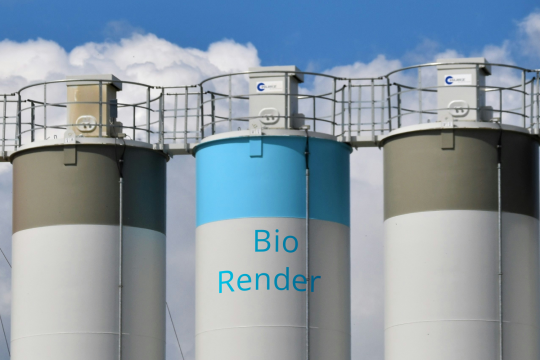Why you should not use BioRender

About two years ago, our university started subscribing to an institutional plan for BioRender. BioRender is a browser-based scientific illustration software with a large library of pre-made items, including complex illustrations. It allows you to illustrate scientific concepts quickly or to make flow charts for your experimental setups. And given how easy it is to use, the results look rather slick. It's like the McDonald's of scientific illustration. It's fast and gets the job done. Sure, the food in a 3-star Michelin restaurant tastes much better, but most of us rarely can afford that luxury.
Why should you not use it despite all of the advantages mentioned above?
- BioRender is likely not compatible with Finnish law. Currently, every university employee in Finland owns the copyright to their own works (e.g., texts, teaching materials, illustrations). Except perhaps for creations done with BioRender. According to BioRender, all creations done under an institutional license are owned by the institution. I am not a lawyer, but I sense a conflict here. Downloading a ready-made BioRender illustration clearly doesn't cross the threshold of originality, but it is certainly possible to be creative with the software and thus generate works that would, by default, be copyrighted by the creator. However, with a free tier, BioRender keeps the original rights on YOUR illustration. The free plan allows you to create five illustrations but does not allow you to publish any of them. Even though BioRender might not be compatible with the law governing intellectual property generated at Finnish universities, it might well be that once you make an account on BioRender by clicking on the "Sign up" button, you are giving up all your rights by agreeing with the "Terms and conditions".
- BioRender locks you into a "creative silo". You can never download the original vector graphics, but only a pixel rendering. Even if you upload vector graphics (SVG), you cannot edit them inside BioRender. There is no way in and no way out. The industry standard software for creating illustrations is Adobe Illustrator, and its Open Source pendant is Inkscape. Both of them support export and import in the web-standard SVG format, but BioRender doesn't.
- Once you leave the institution that provides you with the BioRender license, you lose access to most of your creations. You can keep using only five of them in the free plan. Of course, you could pay for your own paid plan, but that would be fairly expensive: Keeping up a paid plan for ten years will set you back almost 9480€. If you are lucky to continue having an academic affiliation, you get away with a mere 4200€.
- Due to the success of BioRender, all scientific illustrations are slowly starting to look the same. IMHO, the illustrations are good, but without any personal style. One way to stand out is NOT to use BioRender!
To be fair, BioRender claims never to delete any creations that are done while being on a paid plan. If you want to keep all your creations when losing your institutional subscription, you would need to subscribe to a private paid plan and share all your creations with that private plan BEFORE your affiliation with your institution finishes. Once you have transferred all your creations, you can let your plan lapse, and your creations will be locked (except for five). According to BioRender, once you start paying again, your creations will become unlocked. I have not tested this, but that's what BioRender told me when I asked.
So what should you use? I use Inkscape. And where do I get free SVG artwork from? That's what my next blog post is going to be about!



